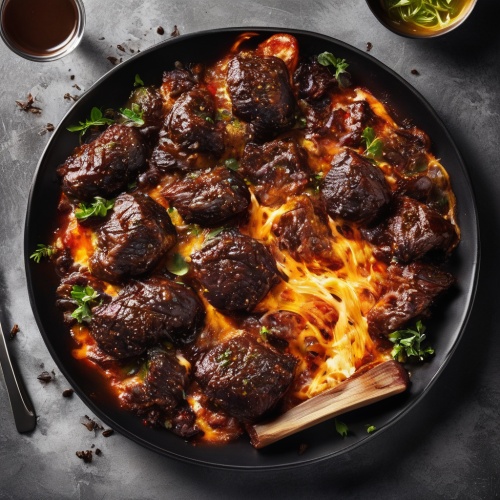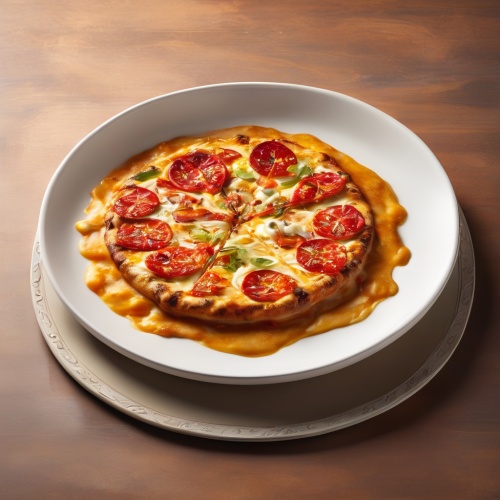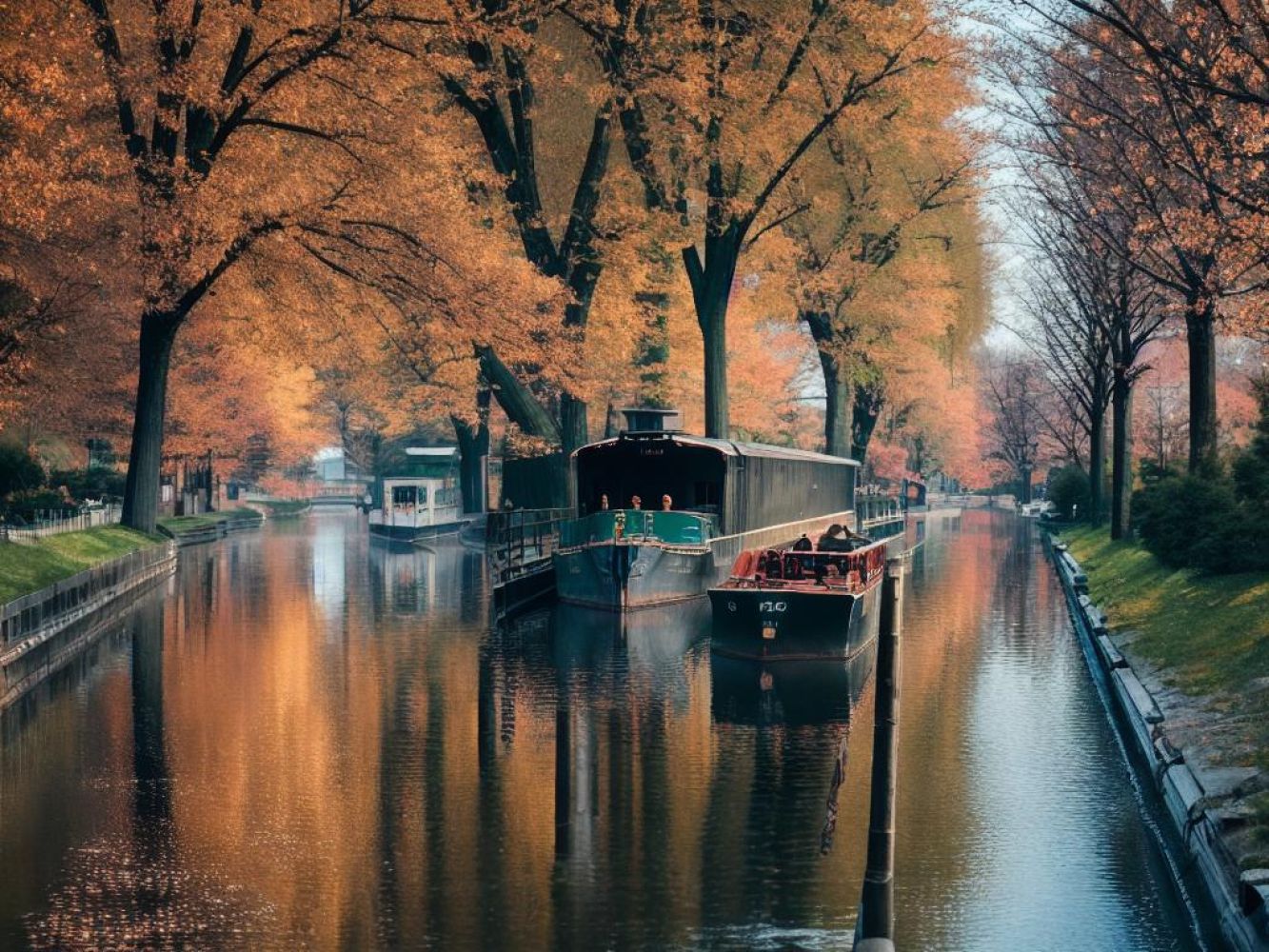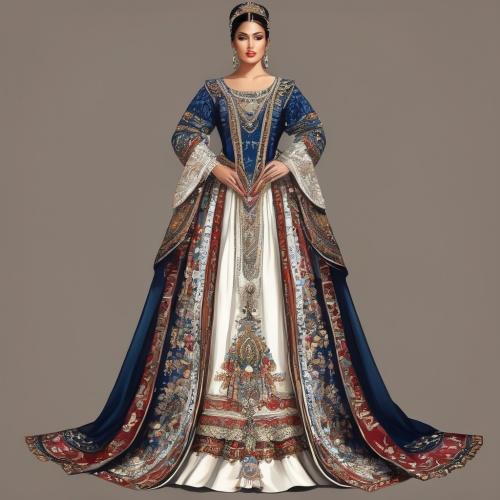Understand
The Appalachian Mountains posed a significant obstacle to westward expansion in colonial America. These rugged mountains made it difficult to transport goods, with no waterways bridging the gap between the east and west. However, there was one break in the mountains located in New York's territory. This unique valley, created by geology and glaciers, lay between the Catskills and Adirondacks. The Mohawk River flowed through this valley, connecting the Atlantic Ocean to New York City's harbor. As early as the 1790s, there were discussions about constructing a canal in this valley, bypassing the unnavigable St. Lawrence River and connecting Lake Ontario to the Mohawk River. Entrepreneurs like Jesse Hawley saw great potential in this idea. Despite facing opposition, Hawley pursued his dream even after going broke. He researched and devised a canal plan while in debtor's prison. In 1809, a delegation from New York traveled to Washington, D.C., led by DeWitt Clinton. They sought funding for a canal that would connect the east with the west. President Jefferson dismissed the idea, concerned about the cost it would impose on the young nation. Undeterred, New York formed an Erie Canal Commission, with Clinton as a prominent member. They scoured the state to study possible routes. After the War of 1812, momentum for the canal grew. In 1817, the state approved a trial section of the canal. DeWitt Clinton, who had become New York's governor in April of that year, was sworn in on July 1. On Independence Day, July 4, the first shovel broke ground in Rome. Governor Clinton secured seven million dollars for the canal's construction across the state. It must be noted that during this time, there were only a few settlers in western New York. The canal would transform the region. Despite facing opposition and encountering engineering challenges, the canal slowly took shape. In October 1825, the canal was completed, and a cannonade roared across the state, signifying this monumental achievement. Governor Clinton embarked on a ceremonial journey from Buffalo to New York, symbolizing the "wedding of the waters." The original canal was 40 feet wide and four feet deep, with almost 100 locks. It spanned 353 miles, descending 565 feet from Buffalo to Albany. This engineering marvel opened up the entire Great Lakes area for expansion, particularly western New York. Buffalo and Rochester emerged as dominant cities in the region, with Rochester becoming America's first boomtown. Over time, the canal was widened and deepened to accommodate growing traffic. Feeder canals were constructed to connect to various lakes and rivers. The canal system carried thousands of shipments, generating over $120 million dollars in tolls. However, the rise of railroads in the mid-19th century diminished the canal's commercial significance. Between 1905 and 1918, the canal and others were enlarged and rerouted to make use of existing waterways. Despite the decline in commercial traffic, the canal remains a focal point for recreation. Today, pleasure boating predominates the canal, attracting tourists and contributing to New York's economy. Adjacent to the canal, the Erie Canalway Trail offers a path for walking, jogging, biking, and cross-country skiing, allowing people to explore the canal's historic route. Many towns and cities along the canal have been designated as part of the Erie Canalway National Heritage Corridor, with a visitor center located in Waterford.
Get in
Are you ready to embark on an exciting journey along the historic Erie Canal? This amazing waterway stretches between Buffalo and Albany, offering endless opportunities for adventure. Whether you have a couple of days or just a few hours to spare, there are multiple entry points along the canal where you can start your memorable experience. From bustling Buffalo to vibrant Albany, each destination along the way has its own unique charm waiting to be discovered. So pack your bags and get ready to explore the wonders of the Erie Canal!
Map & Climate
Popular Foods
 **1. Hamburger**The hamburger, often simply called a burger, is a sandwich consisting of a cooked patty of ground beef, usually served in a bun with toppings and condiments such as lettuce, tomato, onion, cheese, and pickles. It is a quintessential American fast food item that can be found at restaurants, fast food joints, and even street vendors throughout the country. While traditional hamburgers typically include beef, there are also vegetarian options available made from plant-based ingredients.
**1. Hamburger**The hamburger, often simply called a burger, is a sandwich consisting of a cooked patty of ground beef, usually served in a bun with toppings and condiments such as lettuce, tomato, onion, cheese, and pickles. It is a quintessential American fast food item that can be found at restaurants, fast food joints, and even street vendors throughout the country. While traditional hamburgers typically include beef, there are also vegetarian options available made from plant-based ingredients. **2. Pizza**Pizza is a popular Italian-American dish consisting of a yeasted flatbread base, typically topped with tomato sauce, cheese, and various other ingredients such as meats, vegetables, and herbs. In the United States, pizza is often sold as both a take-out and sit-down dining option, with numerous regional variations in styles and toppings. Pepperoni is a particularly popular topping in the U.S., but vegetarian and vegan pizzas are also widely available.
**2. Pizza**Pizza is a popular Italian-American dish consisting of a yeasted flatbread base, typically topped with tomato sauce, cheese, and various other ingredients such as meats, vegetables, and herbs. In the United States, pizza is often sold as both a take-out and sit-down dining option, with numerous regional variations in styles and toppings. Pepperoni is a particularly popular topping in the U.S., but vegetarian and vegan pizzas are also widely available. **3. Fried Chicken**Fried chicken is a southern-style dish comprised of marinated chicken pieces that are coated in a seasoned flour mixture and deep-fried until golden brown and crispy. Originating from the American South, fried chicken has become a staple in the country's culinary landscape, with various regional variations in preparation styles and seasonings. It can be enjoyed as a standalone meal or as part of a larger feast, and although traditionally prepared with chicken, vegetarian alternatives do exist.
**3. Fried Chicken**Fried chicken is a southern-style dish comprised of marinated chicken pieces that are coated in a seasoned flour mixture and deep-fried until golden brown and crispy. Originating from the American South, fried chicken has become a staple in the country's culinary landscape, with various regional variations in preparation styles and seasonings. It can be enjoyed as a standalone meal or as part of a larger feast, and although traditionally prepared with chicken, vegetarian alternatives do exist.




Comments
NO COMMENTS